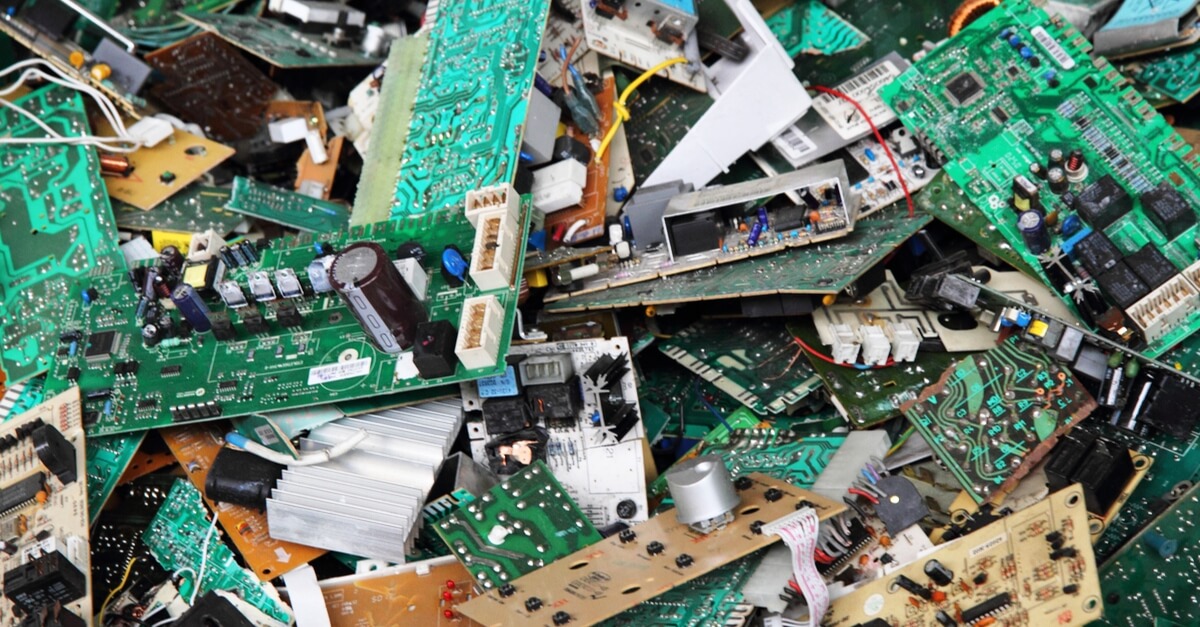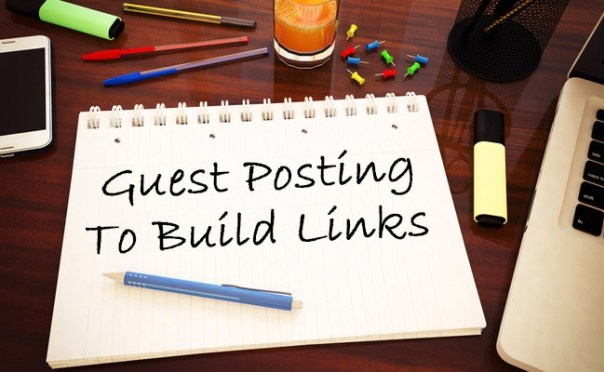Circuit Board Recycling Reduces Carbon Footprints

Printed circuit boards (PCBs) are useful for connecting electrical components found in electronic devices.
The manufacturing of PCBs or Printed Circuit Boards is an extremely complicated process. It involves valuable elements and special chemicals that are ultimately discharged as a spent solution, wastewater, and solid waste in the environment.
Over time, the need for recycling circuit boards has come to the fore in a big way. Academicians and researchers have jumped into the act to identify the valuable resources that go into the making of circuit boards and recycling them on a commercial scale.
Circuit Board Recycling – a Closer Look
These days, the recycling of wastes produced by the printed circuit board circuit include the scraping of copper present on the edge trims of printed circuit boards.
It’s also common to find recycling recovering tin from the tin/lead solders in the process of hot air leveling.
Overall, circuit boards are being recycled for many different reasons and are doling out positive impacts on the environment.
Importance of Recycling Circuit Boards and Electronics
Contrary to popular belief, the recycling of electronic devices and related waste has become equally important as recycling metal and plastic.
In fact, the increasing number of electronics in use has established the need for appropriate circuit board recycling – more than ever before. This is especially true in the face of technology advancements where it has become extremely essential to assess and manage electronic scrap, unused electronics, and waste in an organized way.
Disposal of Printed Circuit Boards
Older PCSs that are no longer in working condition, or are unlikely to be used ever again, cannot make their way into landfills as that would pollute the environment even further, and in a damaging, irreversible manner.
They comprise of hazardous materials and heavy metals that are capable of posing serious threats to our planet. Mostly, they contain precious metals of the likes of gold, silver, palladium, gold, and copper. The process of circuit board recycling can recover up to 99 percent of these materials through various means.
Recycling Methods for Circuit Boards
There are several effective methods of printed circuit board recycling. The most popular ones include hydro-metallurgy, electro-chemical, and smelting processes. There are other methods as well that are equally effective in recovering electronic components, metal scrap, and connectors.
Companies that recycle printed circuit boards often use the process of dismantling to gain effective results. Dismantling incorporates the process of removing the tiny components present on PCBs.
These components are capable of being reused after their removal. The dismantling method requires specialized tools and has to be conducted in a precise and careful way. The PCB components that undergo dismantling include capacitors, TV plugs, resistors, switches, audio sockets, motors, LEDs, screws, CRTs, and transistors.
PCB Recycling Services
Television sets, large and small household appliances, computers, and mobiles come packaged with electronic components. The metal and other materials in them have to dismantle, recycled and used again to reduce carbon footprints as far as possible.
Experts in circuit board recycling provide turnkey solutions to different industrial sectors. They have high-quality standards in place and work towards saving the environment from electronic waste.





